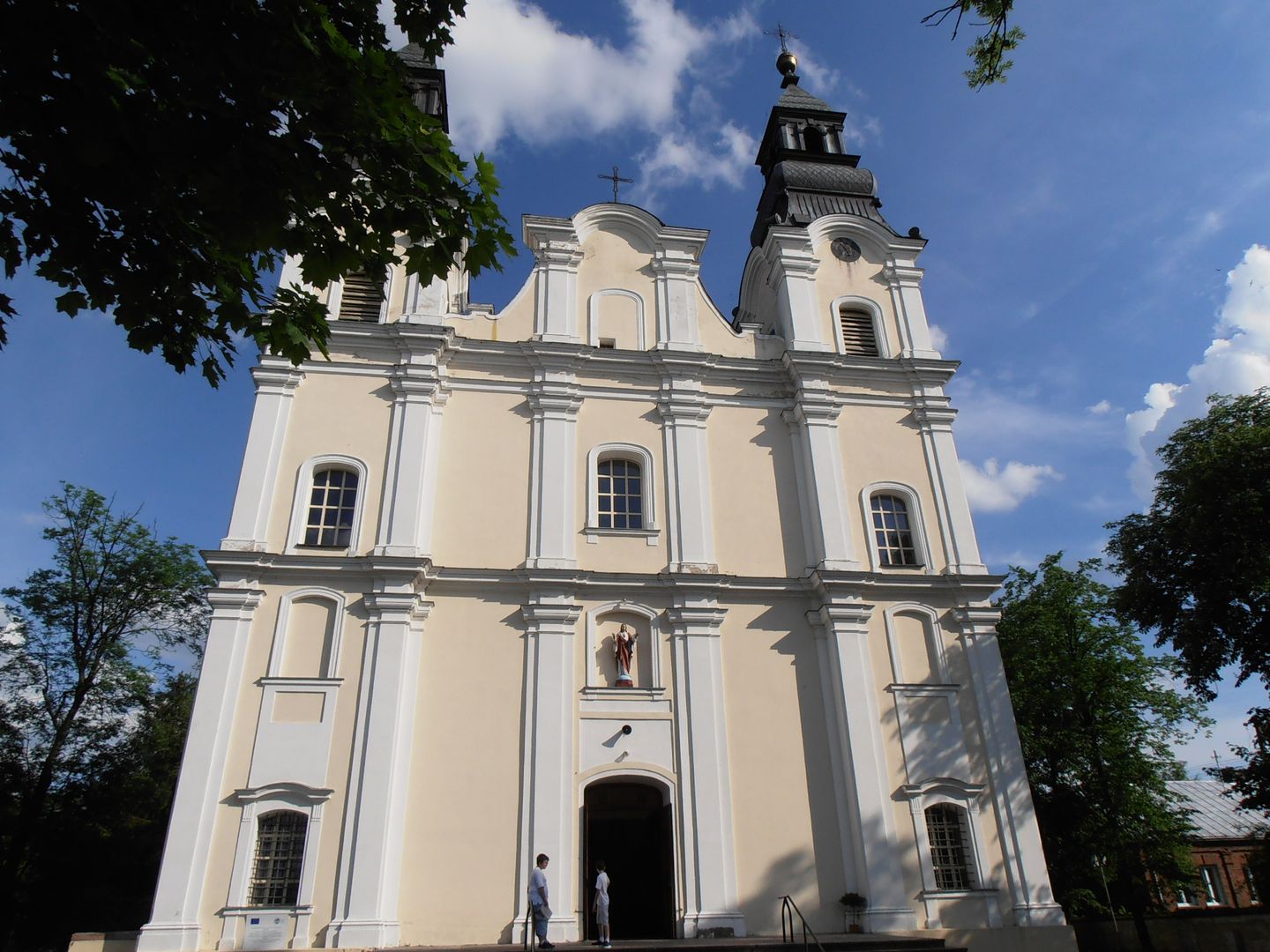Sterdyń
6

Overview
Sterdyń is a village in the Masovian Voivodeship, within the Sokołów County, located in the historical region of Podlasie. Formerly a town, it received its town charter before 1737 but lost it in 1869 following the January Uprising. The village is home to the parish church of St. Anne, built in the late Baroque style between 1779 and 1783, which underwent restoration from 2003 to 2011. Adjacent to the church is a palace and park complex, consisting of a palace and two outbuildings, designed by Jakub Kubicki at the request of Stanisław Ossoliński in the early 19th century. The area also features historic chapels, including one from the late 18th century with a sculpture of St. Florian and a statue of the Immaculate Conception of the Blessed Virgin Mary from 1856.
Sterdyń has a rich history dating back to at least 1425, when the first written mention of the settlement was recorded. Owners of the village, such as Piotr Kiszka and Jakub Iwanowski, and later the Ossoliński and Krasiński families, significantly influenced its development and architecture. It was during this period that Kiszka founded the church in 1518. A tragic chapter in Sterdyń's history was the establishment of a ghetto for its Jewish residents in 1940, with most of them later deported to the Treblinka II extermination camp. An interesting fact is that in 1856, the renowned ethnographer Oskar Kolberg visited Sterdyń. Notable figures born in the village include Marian Dehnel, a parliamentarian and physician, and Paweł Dehnel, a socialist activist. With its rich architectural heritage and fascinating history, Sterdyń remains an important site on the map of local culture and heritage.
Location
City
Sterdyń Deanery
Tertiary Administrative Division
Sterdyń
County
Łosice County
State
Masovian Voivodeship
Country
2025 Wizytor | All Rights Reserved